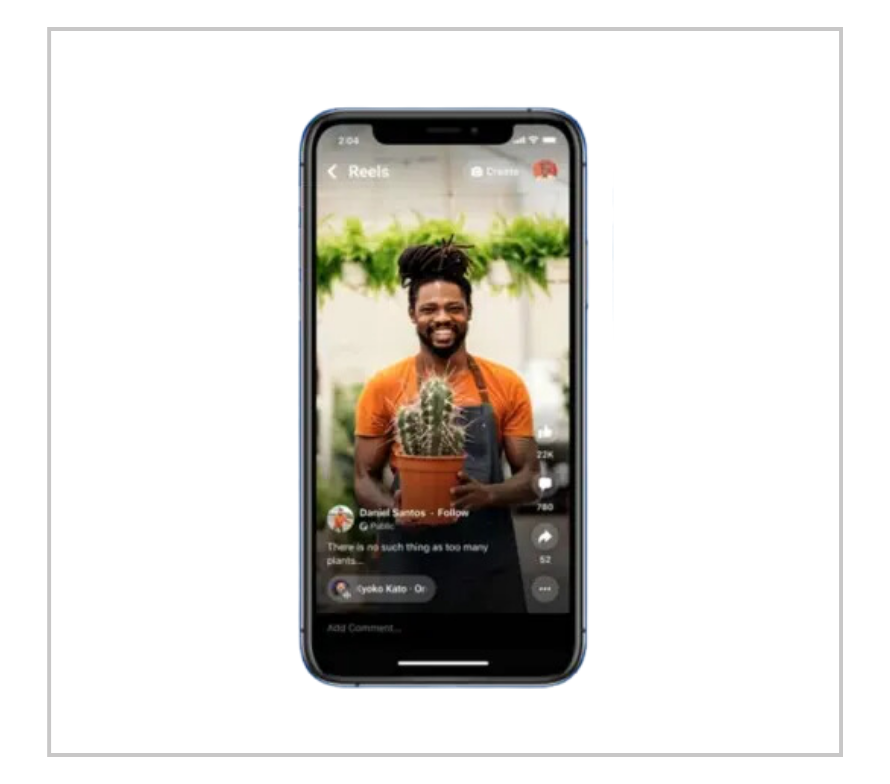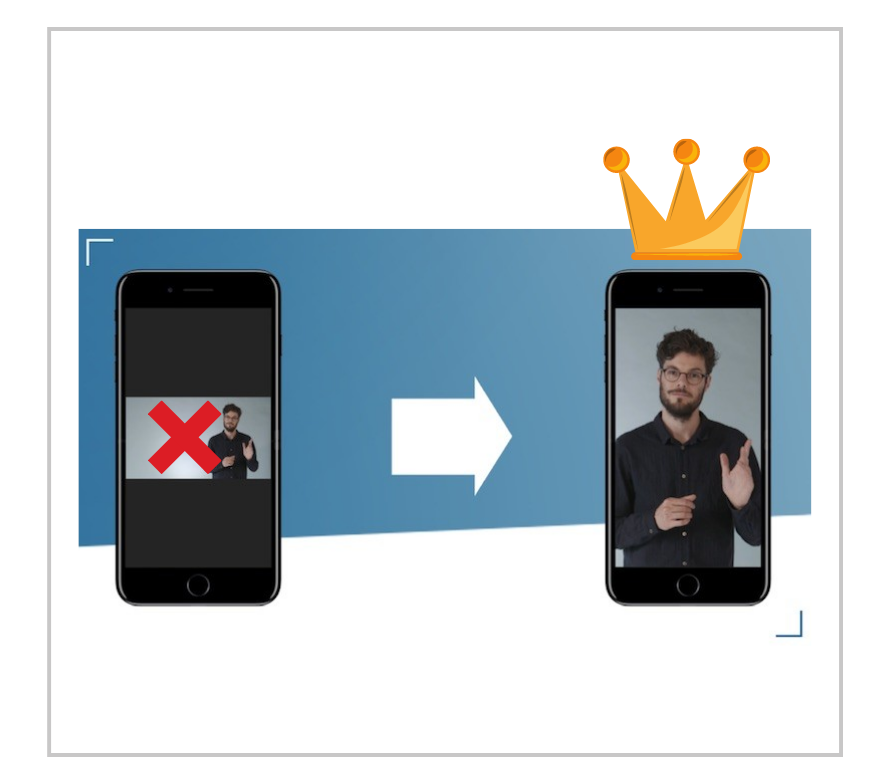
Teach TikTok Style
- Why use vertical video
Statistically, people prefer to watch videos in their natural format, without having to rotate the phone. And why talk specifically about the phone, nowadays students have access to tablets and cell phones mainly, and they don’t like to rotate them. This has been one of the main secrets of the success of TikTok in its beginnings and later implemented by other platforms.

2. Why is vertical video the king of content?
One of the reasons is; as we said before, that people do not like to have to turn their mobile, this implies an extra effort they have to make to see some content. Which makes vertical video easier to consume, easier to view and swipe, and retains people longer.
More than 90% of users use their mobile device in an upright position. And more than 52% of mid-sized tablet users also prefer this configuration.

Cell phones vs. computers
The new generations prefer the use of tablets or cell phones as their main means of communication, so the use of computers has become occasional. Therefore, vertical videos have a click-through rate up to 9 times higher than horizontal videos, because it is more attractive to the audience.
It is not that laptops are going to disappear, but it is more usual to use portable devices that better optimize users’ activities.
4. The network that is setting trends in the new generations: TikTok
Thanks to this platform, vertical video has become everyone’s favorite, for two main reasons:
- It has an accelerated growth
- Your vertical videos have a 25% higher complete viewing rate. (Source: TikTok)
This made vertical video a global trend that prompted other large companies to incorporate it. Such is the case of YouTube, which generated a growth of 15 billion daily users on average, with the launch of its well-known “Shorts” in 2021. (Source: Earthweb)
Since the beginning of 2017, web traffic on mobile devices has accounted for nearly half of all global web traffic. (Source: Statista, 2020)
Instagram is not far behind either, as it also integrated its already famous “Reels” as vertical video, an action that generated claims from great internet personalities for copying this trend.

5. Can vertical video be implemented in education?
Of course you can! Teachers have been content creators for years. We create content for our students; handouts, presentations, educational material, etc. What’s next? It is time to innovate, to adapt to new trends, new formats and materials that help us to make students feel closer to us.
And no, it’s not about dancing, it’s about making the content connect and adapt to educational needs. Creating, for example: presentations in vertical format, very useful when sending projects through mobile devices.
6. Two tools to generate educational content in vertical format
Canva
It is a tool that will undoubtedly help you to create vertical presentations, which you can zoom in or send by cell phone and they will be seen in full size without being cut off and without having to turn their cell phones upside down.
This tool has an infinite number of templates that you can adapt to the needs of your classes.

Flip
Educational TikTok. This tool has something very interesting: “A safe space” and why is it safe? Because unlike social networks, where all users who upload content are exposed, Flip allows you to create a safe environment in which students can create videos; just like in TikTok with filters, stickers, etc. and share them in a private space.
This Microsoft tool also allows you to create evaluation rubrics, assign grades, connect to a classroom, and has now implemented Artificial Intelligence through Copilot, which helps you write assignments, titles, and more.
Something very interesting about these two tools is that they complement each other, because in Canva you can find a variety of templates to customize your Flip profile.

7. Conclusions
Vertical video can be applied in the educational field, teachers can adapt teaching materials to this format so that students feel closer and more connected to the content.
We can take advantage of the prevalence in the use of mobile devices to take advantage and make vertical video an effective medium for teaching.
8. References
- Bernal, D. (2023, May). Live, “Teach TikTok Style”.
- Link



